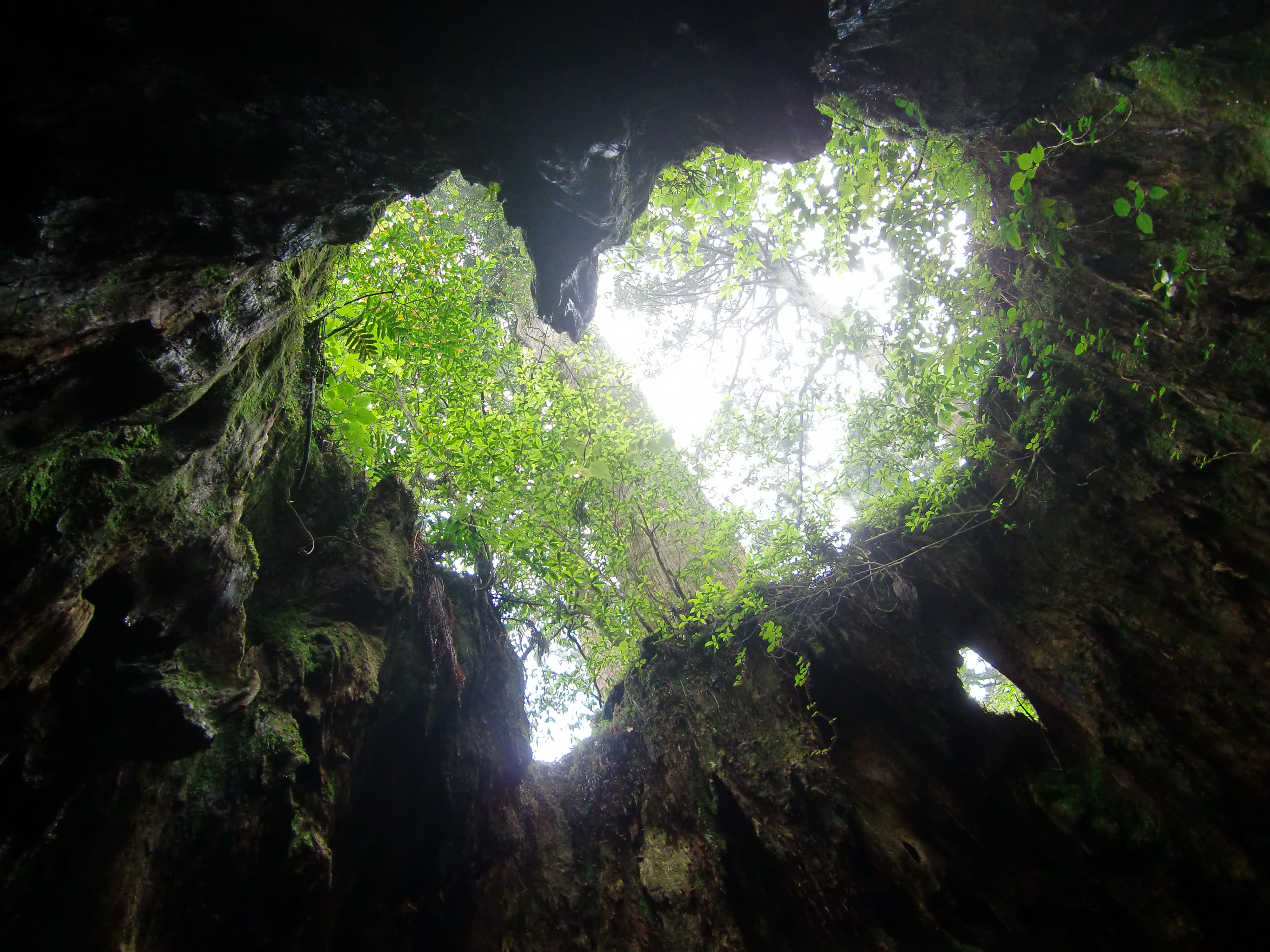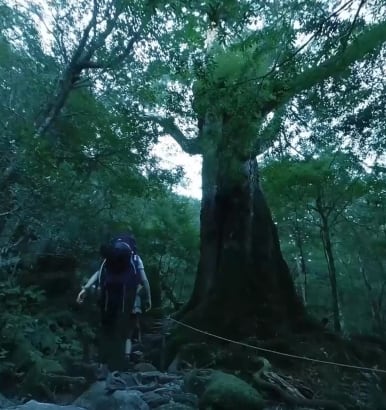Reconnecting with nature is one of the simplest ways you can achieve balance. Forest bathing, the Japanese method of meditating in nature, is prescribed by doctors for its health-boosting qualities.
If you’ve ever taken the scenic route home after a long day at work or gone for a long walk to destress, then you’re already familiar with the healing power of surrounding yourself with nature. This premise brought about the Japanese pastime of shinrin-yoku, or forest bathing.
The idea is simple: leave your phone behind (this is a time to reconnect with nature, not distract yourself with technology) and walk into the forest. There’s no need to hike or work up a sweat. You can simply stroll, listening to the sound of your feet on the undergrowth, brush your hands along the tree bark, trace the pattern of the veins on the leaves with your fingers or lie down and listen while breathing in the forest air.
The concept was originally conceived in the eighties, as a way to combat the stress caused by busy urban lives, largely spent indoors. Forest bathing was a way to reconnect with the natural world and has since been prescribed by Japanese doctors for its health benefits.
This concept is just as valid today. Our lives have only gotten busier, and with advances in technology, the line between work and our free time has blurred. It’s harder to stay in the present when our phones provide a constant distraction.
Forest bathing has struck a chord around the world, with numerous books, articles, and even certified forest bathing guides promoting this reconnection to nature.
Reconnect with nature
The COVID-19 pandemic has given us pause for thought, spurring us to reevaluate our priorities. While we stayed at home, nature thrived. It emphasizes the importance of appreciating the environment and opting for low-impact vacations with a focus on sustainability.
As the tourism industry slowly starts to re-open, many of us are considering swapping the hustle and bustle of city life for something remote, where social distancing comes easily, and where you can appreciate a slower pace of life and practice mindfulness exercises.
Luckily, there is no shortage of places in Japan to wander into the wilderness.

Where to forest bathe in Japan
One of Japan’s most enchanting forests is in Yakushima (Island) National Park, where mossy boulders and towering cedars, called yakusugi, create an otherworldly atmosphere. Many of these ancient trees are more than 1,000 years old. It’s hard to find a more captivating forest in which to try shinrin-yoku for the first time.
Even if your trip to Japan is centered around its cities, it’s possible to make a day trip to a forest. Aokigahara, in Fuji-Hakone-Izu National Park, is on the northwestern side of Mount Fuji. This 30 square-kilometer forest grows on the hardened lava of Mount Fuji’s last eruption, around 1,200 years ago, and is a spectacular place to explore. It takes 1 hour 40 minutes to get there from central Tokyo, so even if forest bathing isn’t the focus of your vacation, you can easily work it into any itinerary.
Another exceptional place to try forest bathing is Kumano Kodo, a network of ancient, forested pilgrimage routes in Yoshino-Kumano National Park. The Daimonzaka route, leading to the Nachi Falls, is arguably the most spectacular of its paths, but the Ohechi route runs along the coast from Tanabe to Nachi Taisha a quieter spot with a lot of appeal. These trails were the birthplace of Shugendo, an ancient ascetic religion involving mountain worship that developed in the 7th century, and upon which modern-day Shinotism was built.
Forest bathing is an excellent way to appreciate the landscapes that once stirred such a deep, spiritual connection and remind us that nature has always been regarded as powerful and healing. Buddhism, too, appreciates the meditative properties of nature.

The history of forest bathing
While Japan certainly has a long history of drawing on nature as a way of balancing the mind, shinrin-yoku is a relatively new concept, coined in 1982 by the Japanese Ministry of Agriculture, Forestry and Fisheries. Since then, Dr. Qing Li, MD, Ph.D., a physician and immunologist at Nippon Medical School Hospital in Tokyo, has led the way in bringing the concept to the mainstream. He is the world’s foremost expert in forest medicine, writing numerous academic articles and a book on his research into the subject.
In one study by Dr. Qing Li, subjects who took 80-minute walks in the forest were found to have a significantly reduced heart rate. It decreased participants' depression scores, fatigue, anxiety, and confusion. Their dopamine was significantly lower after forest walks compared to walking in an urban area, suggesting a relaxing effect.
How to forest bathe
To forest bathe, you should tune all five of your senses into nature. Enjoy the sights of the dappled light on the forest floor and wildflowers pushing their way up through the undergrowth. Observe the canopy sway in the breeze, watch insects buzz around you. Breath in the smell of the forest air and wet earth. Feel the rough bark of the trees, the velvet softness of flower petals, and the crunch of twigs beneath you. Taste the fresh, cool air of the forest and listen to the wind in the leaves and the birds chirping.
Let go of the need to be productive. You don’t need to achieve a step count or feel as though you’ve had a workout. There is no goal. Let go of the need to share the experience with the outside world. Leave your devices in your room and appreciate the moment. Be present. Now you are forest bathing.
Written by Gaby Doman



